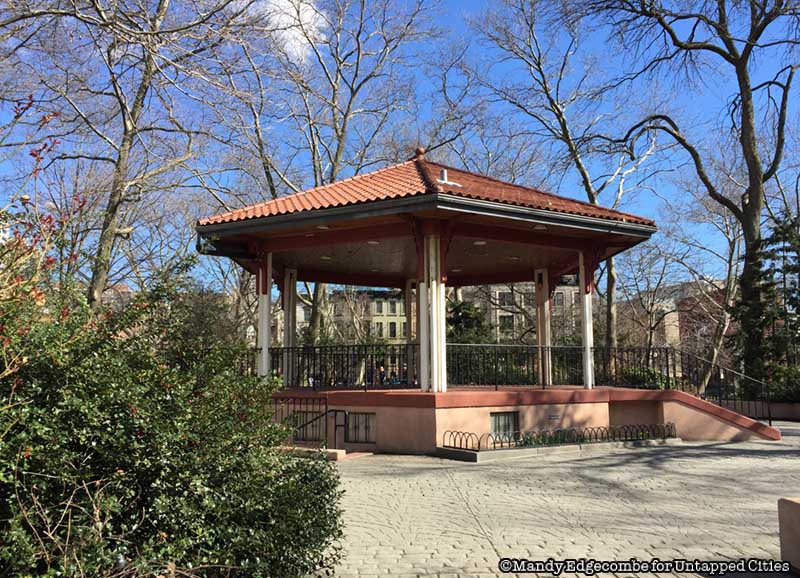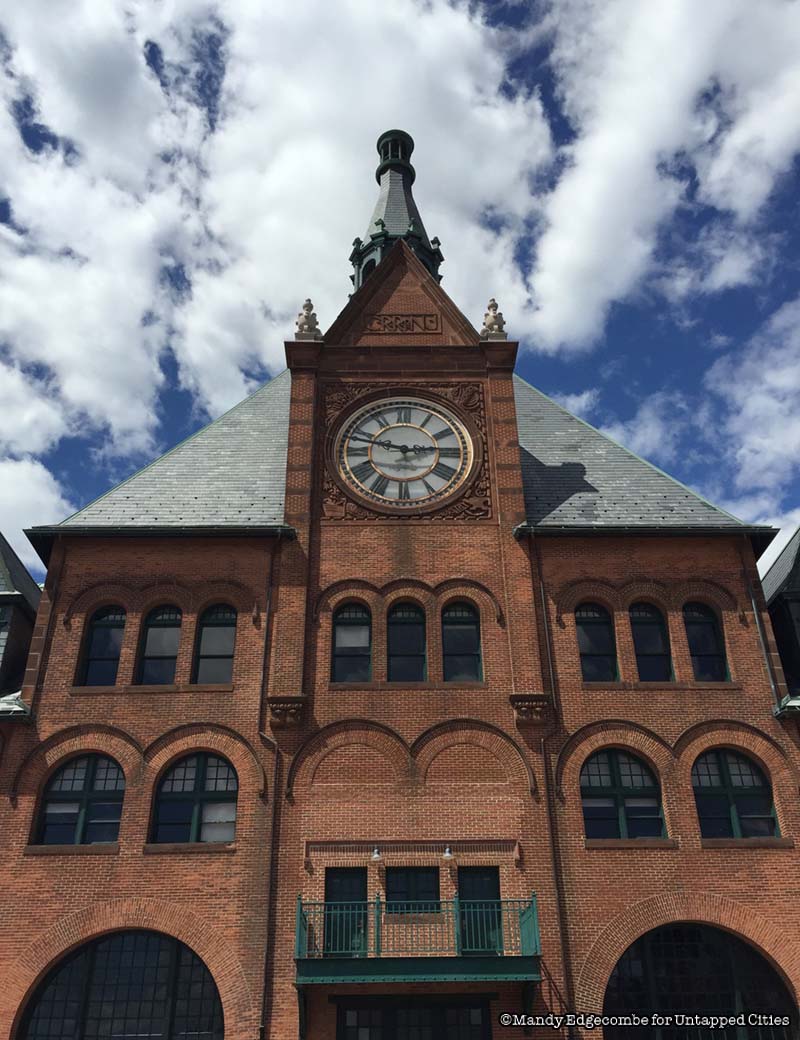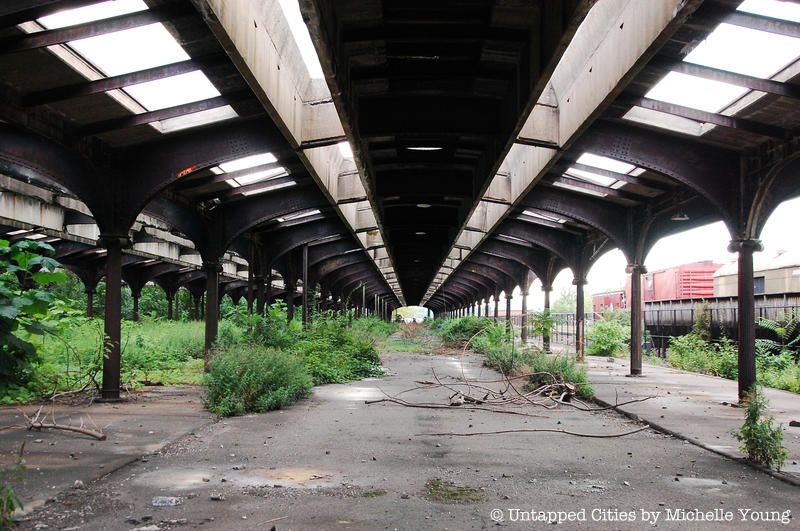Parks: Van Vorst Park

Van Vorst Park was originally a 1.8 acre parcel of land given by Cornelius Van Vorst in 1835, and officially landscaped in 1851. Brownstone construction started soon after and some of the best examples of them surround the park. At the time, it was the center of what was then the Van Vorst township, later annexed by Jersey City. It was left to decay by the mid- late 20th century because people were leaving cities for habitation in suburbs en masse. By the 1970s, it looked like an abandoned lot.
Home owners of the neighborhood and volunteers restored the park according to the original 1851 plan in 1999, and it’s currently taken care of by the Friends of Van Vorst Park. The name comes from Cornelius Van Vorst, an original citizen of Dutch New Netherland who held land under the patronship system. The park is a lovely oasis with playgrounds for children, two dog parks for large and small breeds, and a beautifully restored gazebo where you can find dancers practicing moves to actors rehearsing a play. There are often family style movies shown in the summer, so come here with some carry out from one of the many places on Grove Street for a quick outdoor picnic. One of Jersey City’s many Farmers Markets operates here on Saturdays from 8am-3pm, April 23rd through December 17th.
Near Grove St. Path station. Just a few block walk south. On Montgomery and York Streets, between Jersey Ave and Barrow St.
Liberty State Park

Liberty State Park owes its existence to a man named Morris Pesin, who once embarked on a canoe trip the Statue of Liberty. He couldn’t understand why people coming from New Jersey and locations west had to drive into Manhattan via the Holland Tunnel and take a boat from Battery Park when Liberty Island is actually closer to New Jersey. So Morris took a reporter, a camera and a canoe on a trip to Liberty Island, and a some years later—with a lot of grassroots effort—Liberty State Park was born.
The Friends of Liberty State Park, who help fundraise and maintain the park, is currently run by his son, Sam Pesin. When Morris first took his trip, the land that is now Liberty State Park contained abandoned railways, factories and warehouses, and a crumbling terminal building of the Central Railroad of New Jersey. Several railroads terminated here and current citizens and newly arrived immigrants would take ferries to and from Manhattan or on all points west.

Goods were imported and exported as well, including munitions manufactured in New Jersey, and sent to England and France. During World War I, German spies organized and successfully blew up the munitions depot at the end of the rail line on the south end of the park at was was called Black Tom Island. Walking around at the exact location of the explosion, one can see remnants of the depot, train tracks, and a piece of buried charred wood sticking out from the shoreline.
Today, the 1200+ acre park (roughly 600 on land and 600 acres on water) is a lovely oasis with amazing views of Manhattan and tons of events happening throughout spring summer and fall. Check out their popular kayak eco-tours ($20 per person) featuring the restored and natural salt marsh and the last natural beach in Jersey City. You can also see the recently restored (2016) Railroad terminal building, where you can buy tickets to the Statue.
Take the West Side Ave light rail to Liberty State Park stop. Or if driving via the New Jersey Turnpike. It’s a mile walk through the park to the shoreline and terminal building from public transit.





